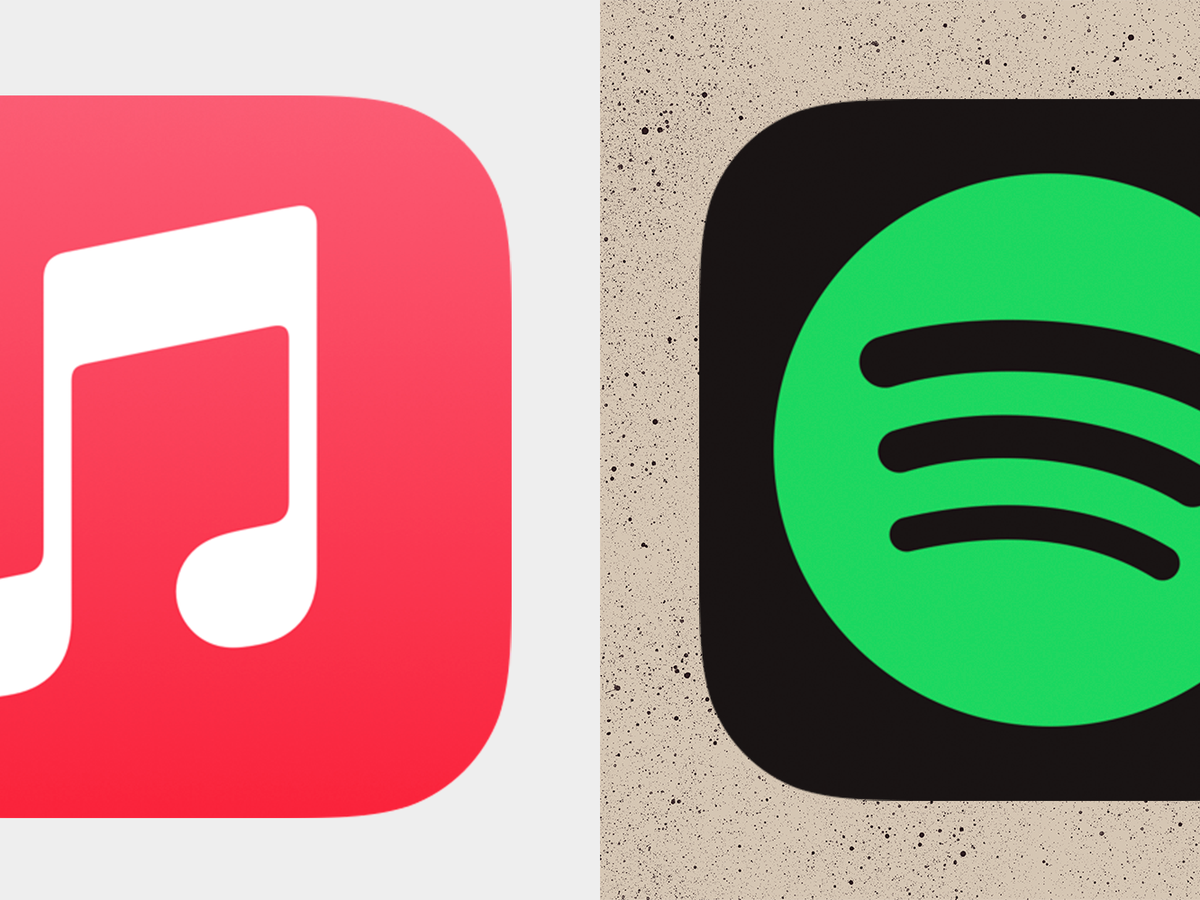Admis Asia: Insights into the Dynamic Asian Market
Exploring the latest trends and developments across Asia.
Streaming Serenade: How Music Changed the Way We Listen
Discover how streaming revolutionized music listening habits and reshaped our favorite tunes forever in Streaming Serenade!
The Evolution of Music Consumption: From Vinyl to Streaming
The journey of music consumption has undergone a dramatic transformation over the decades, shifting from physical formats like vinyl records to the era of digital streaming. In the early 20th century, vinyl was the primary medium for listening to music, offering rich sound quality and a tactile experience that many still cherish today. As technology advanced, cassette tapes and compact discs emerged, providing greater convenience and portability. However, the rise of the internet in the late 1990s marked a turning point in how we access music, introducing digital downloads that allowed listeners to carry entire libraries in their pockets.
In recent years, the advent of streaming services has revolutionized the way we consume music, providing instant access to millions of tracks at our fingertips. Platforms like Spotify, Apple Music, and Tidal have not only changed listening habits but also reshaped the music industry itself, making it essential for artists to adapt to this new paradigm. The ability to create personalized playlists and discover new artists through sophisticated algorithms has further enhanced the listening experience, while also raising questions about artist compensation and the sustainability of this model. As we move forward, it is clear that the evolution of music consumption will continue to shape our relationship with sound and culture.

How Playlists and Algorithms Shape Our Listening Habits
In today's digital age, playlists have become a fundamental part of how we consume music. Curated by users or generated by algorithms, these playlists offer a personalized listening experience that influences our listening habits significantly. For instance, streaming platforms often create dynamic playlists that adapt based on our previous choices, making it easier for listeners to discover new artists and genres. This blend of human touch and machine learning not only enhances our appreciation for music but also shapes our musical preferences in profound ways.
Moreover, the role of algorithms in shaping our auditory experiences cannot be overstated. The recommendations we receive are largely driven by complex algorithms designed to analyze our listening patterns, preferences, and even our emotional responses to certain tracks. Such technology prompts a more passive consumption of music, where we rely heavily on curated content rather than exploring independently. As a result, understanding how these algorithms function is essential for those looking to broaden their musical horizons and make informed choices about their listening experiences.
Is the Music Experience Diminishing in the Era of Streaming?
The rise of streaming services has undeniably transformed the way we consume music, but this evolution raises the question: is the music experience diminishing in the era of streaming? Many argue that the accessibility and convenience of platforms like Spotify and Apple Music have led to a reduction in the emotional connection listeners have with their favorite songs. Without the physicality of vinyl records or CDs, where the act of playing an album was an event in itself, listeners often engage with music in a more superficial manner. This shift towards individualized playlists and algorithm-driven recommendations can dilute the richness of discovering an album as a cohesive art form.
Moreover, the streaming culture promotes a fast-paced consumption pattern, often prioritizing singles over entire albums. As fans increasingly turn to playlists curated by algorithms, the serendipitous joy of stumbling upon a hidden gem in a full album or the shared experience of listening to a record with friends may be fading away. While streaming services have democratized access to a vast array of music that was once difficult to obtain, the challenge remains: how do we retain the essence of the music experience in a digital age that often prioritizes quantity over quality?